Cincinnati Art Museum made its way to the news and caught the attention of the mass media solely because of a 160-year-old mystery.
Well, it’s a mystery now! While the museum is known for its unique artistic palette and generous representation of intriguing and rare art, Cincinnati Art found itself surrounded by experts, flooding their halls after this discovery. It was truly an enigma on its own.
How It All Began
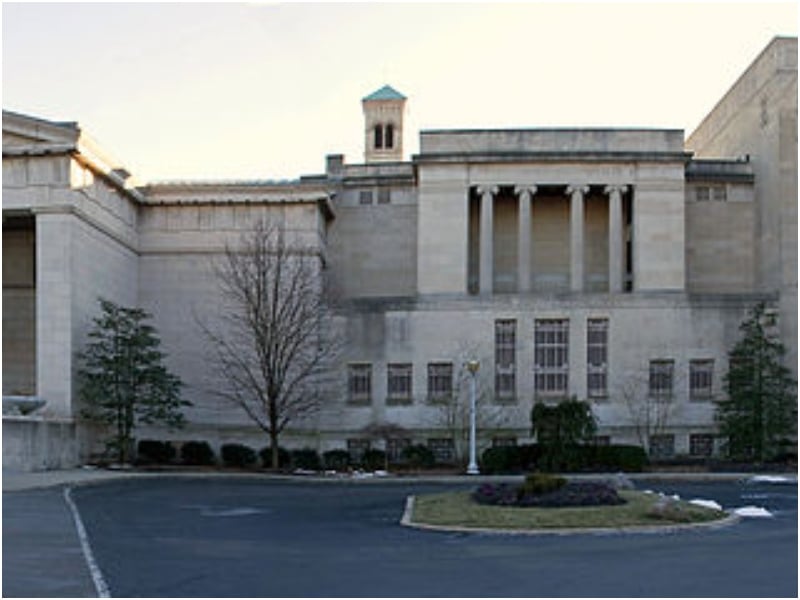
It all began with Serena Urry, the chief conservator of the Cincinnati Art Museum. During one of her routine inspections of the Art Museum, she came across the adored Paul Cézanne work that was titled ‘Still Life With Bread And Eggs.’ Ironically there was much more to Still life than just eggs and bread.
Anyways, during her checkups, Urry noticed something peculiar about the art piece. What she found beneath the surface of the painting was bewildering– mostly due to how it managed to remain a secret for 160 years and partly because it wasn’t discovered sooner.
Who was Paul Cézanne?
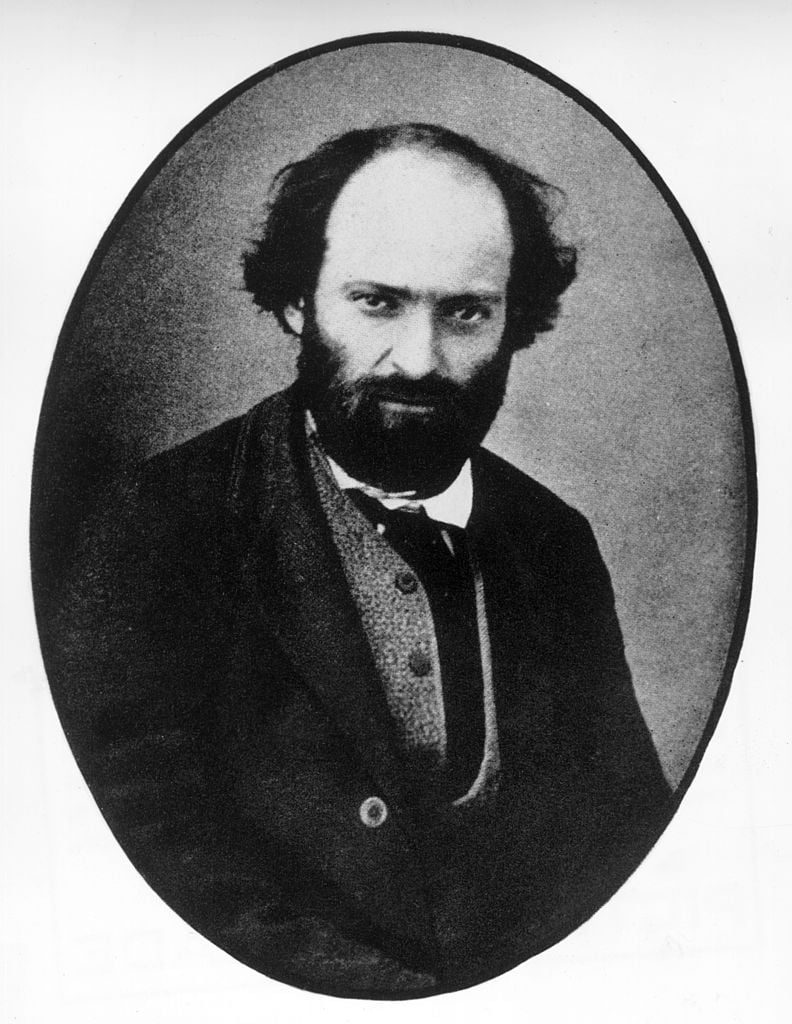
Through the glorious halls of the Cincinnati Art Museum, there are several artworks, impressions, and paintings hung to be explored and glorified. In particular, the museum has pieces done by French Post-Impressionist Paul Cézanne. The painting in question this year was ‘Still Life With Bread And Eggs.’
It’s a fairly vivid and simplistic concept, a dark painting piled with deepened shades of brown, gray, and black, portraying bread, a few eggs, and a wine glass. Cézanne was known for his transition from the 19th-century conception to the radically different artistic tendency of the 20th century. The still life particularly dates back to 1865, within which lies a mysterious portrait by the artist.
What Did Serena Urry See?
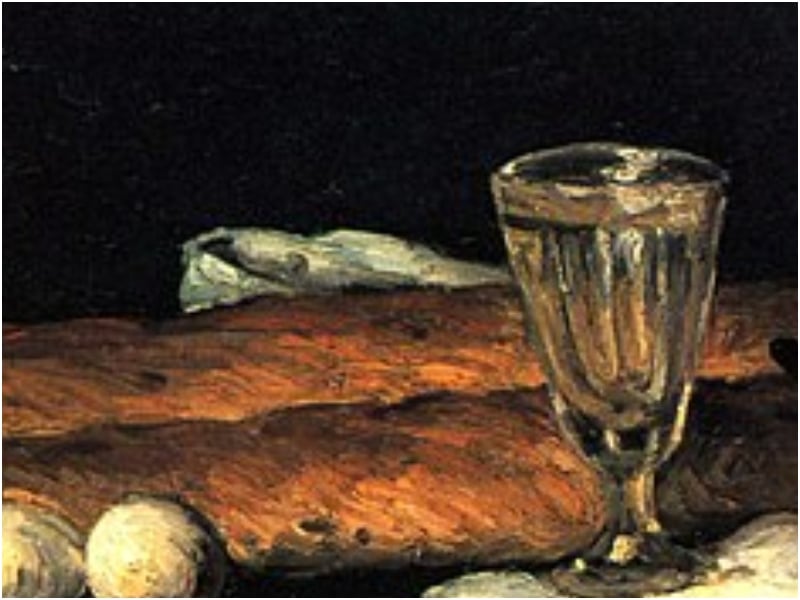
So, during her inspection, Serena Urry found small cracks blistered throughout the 160-year-old painting. Nonetheless, the cracks assembled around specific spots. Naturally, due to age and time, painting tends to fade as the oil dries up and the color withers, but this painting was withering in an intriguingly odd manner.
The cracks clustered around two areas instead of spreading evenly across the canvas. They also revealed white paint peeking through the dark and dull base. This glimpse contrasted with the natural palette of the still life made during Cézanne’s so-called dark period.
Mystery or Reflection of the Artist’s Dark Period?
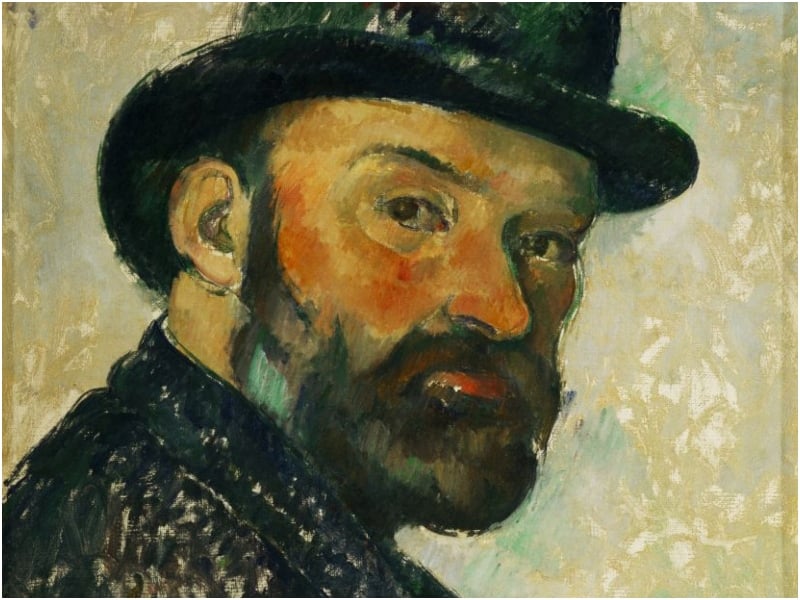
The painting is kept a secret, hidden perfectly through the ink-black base and ordinary shapes. It lay beneath the ruins of something so ordinary that a layman could not possibly notice the plausible truth, a message from 1865.
It was truly scenic for an artist transitioning from glumness to a different era in his tenure. And as we all know, no work, whether it is art or science, is safe from time. It either evolves or fades away.
The Cracks That Revealed a Treasure
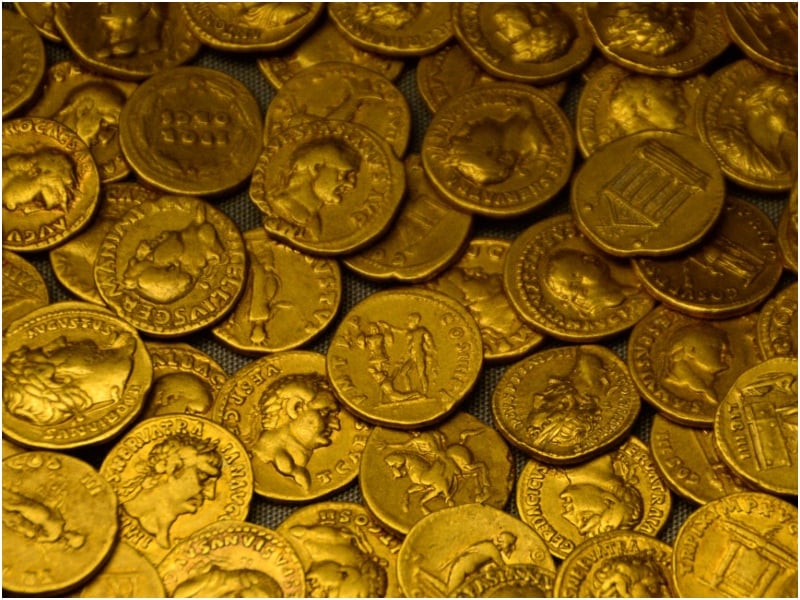
After Urry noticed the cracks that were concentrated in two particular areas, she wasn’t sure what to do–
As the cracks deepened, underneath them glistened a stark contrast against the painting, there laid glimmers of the opposite base, white. It was an unspoken tragedy that perplexed Urry and the experts that examined the painting.
A Detailed Investigation of the Cracks
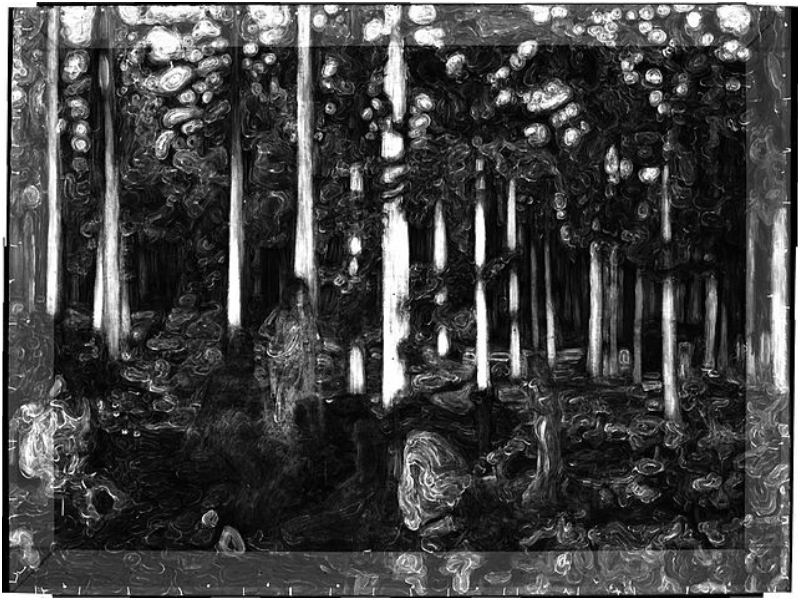
Amidst her confusion and curiosity, Urry called for a local medical team to take scans of the oil painting with their portable X-ray machine. In an interview, Urry explained that “I had a hunch,.” So she decided to have the painting X-rayed, and as it turns out, her hunch was right.
The scan revealed something equally perplexing. Beneath the simple and ordinary still painting lies a much dark and deep mystery waiting to be found.
It Took a Dark Turn
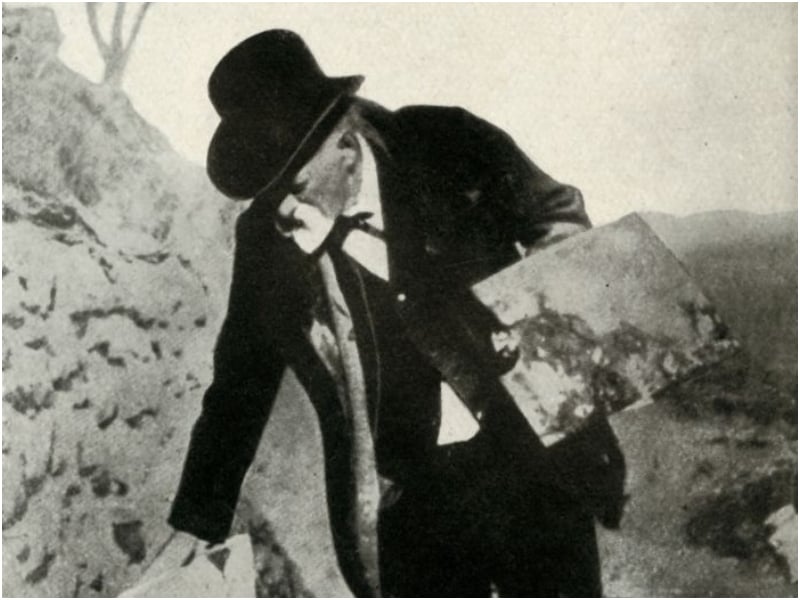
After piecing the scans together through photoshop editor, Urry and her team were able to see blotches of white which meant that there was more white on the canvas than she anticipated.
Art has always been a work for the mind, it is everything about comprehension and imagination, but Cézanne’s contributions to the genre of art cannot go unnoticed. What hid behind the deep canvas of the still portrait opened a pandora box of theories and assumptions that began consummating what was going through the artist’s mind.
The Forefather of Modern Art

Other than his role as an important and well-rounded post-impressionist, he was also a forefather of fauvism and an antecedent of Cubism. His contributions to this genre have been groundbreaking, as he is regarded as one of the most influential figures in the history of modern art.
He became distinguished with his master brush strokes and developed a unique aesthetic. Later in his career, he became inspired by new painting techniques and using the paintbrush.
Cézanne and His Skewed Perspective
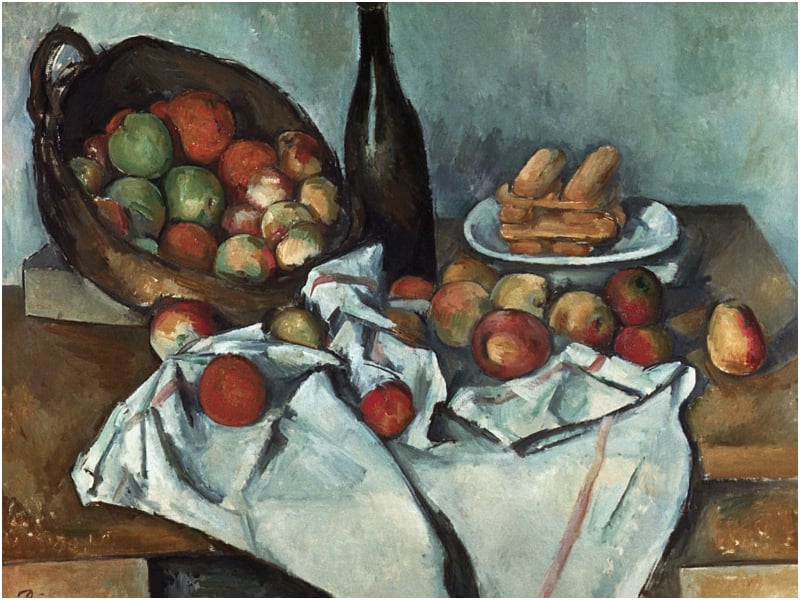
Cézanne often rejected the whole idea of realistic portraits of space and favored creative compositions. This was widely evident throughout his still-life portraits, which often depicted fruits, bottles, and clothes balanced on titled tables.
He was fond of playing with different angles and achieved mastery in his paintings by focusing on each object instead of the whole picture. This was also evident throughout his still life of eggs and bread, but what was more worthy of focus lay behind the still life; it had no balance but spoke in significant volume.
The Wow-Factor in a Still Life
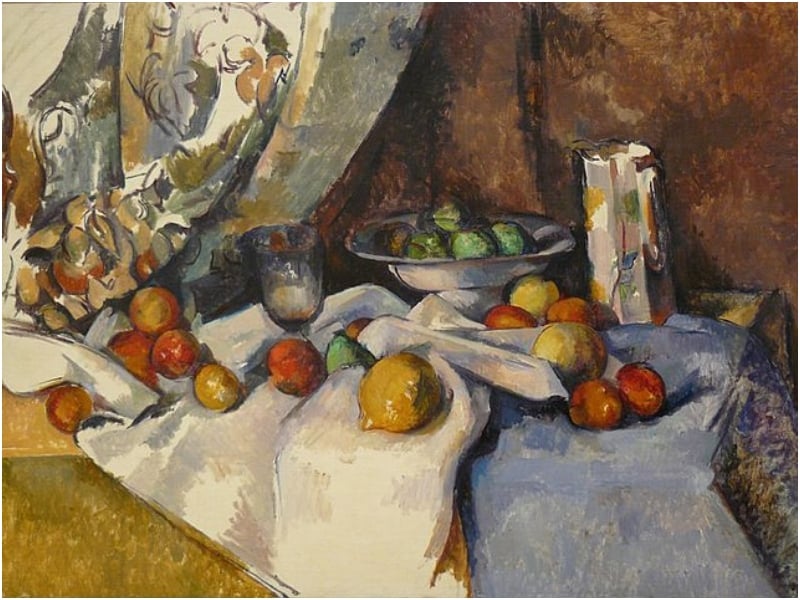
She struggled as Urry positioned the pictures to determine what the scans narrated. “I was trying to figure out what the white cracks were and then it just hit me… So I turned it to a 90 degree angle”, she said. “Even though I was all alone, I think I said wow out loud, it echoed.”
Urry or anyone working in the museum could not fathom what the still life hid behind its textured sense of modernism.
The Truth Was Uncovered
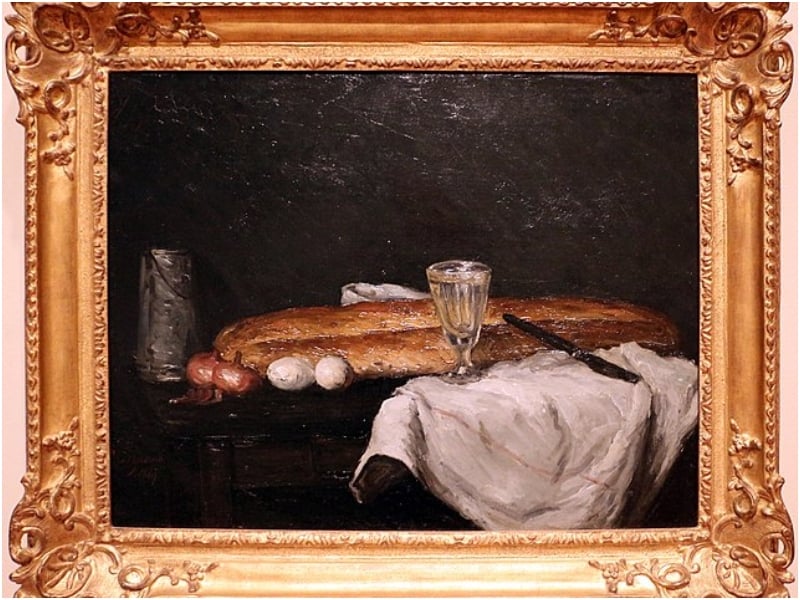
Hiding behind the bread in the still life, a figure appeared in white and black flecks shown through the lens of the scan. A face silently hovered around the glass, and a shoulder cautiously extended beyond the gray canvas around the glass; both played exquisitely beneath the dark base.
Several speculations around the image were found behind the still-life portrait. It summoned many experts and their heartfelt theories about the artist and his perception.
Urry’s Verdict on the Discovery
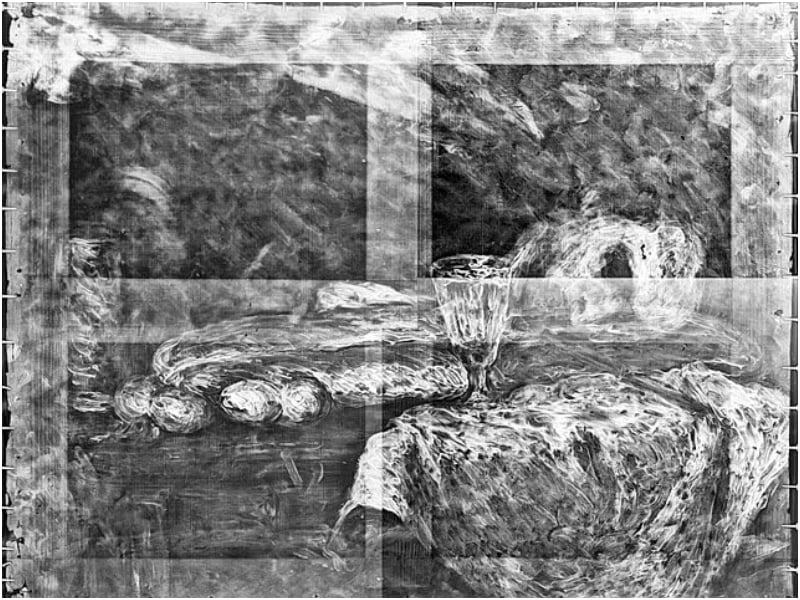
Since the discovery of the hidden portrait that lay within the still life, people have had several theories and ideas about what could have happened. In its essence, the first person to discover it– Urry explained that it was in everyone’s opinion that it was a self-portrait.
She breaks down the painting by explaining that he posed in a way where he was looking forward while his body was turned, adhering to the laws of a self-portrait. However, this was the only thing she had in mind.
Differentiating Opinions and Varying Ideas
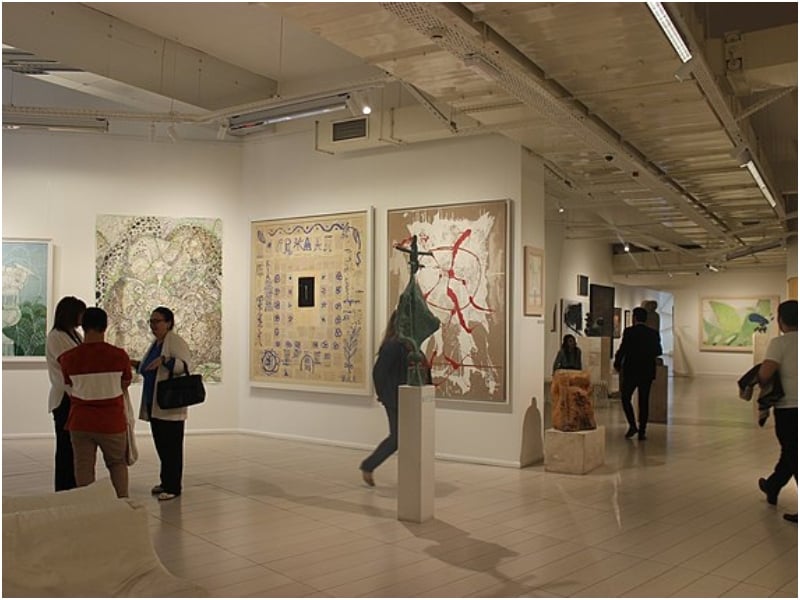
There were several ideas about what the painting could be about. Given that Cézanne was an influential figure and the forefather of modern art, it wasn’t easy to understand what he truly meant with the perception of this image, but Urry had some ideas.
She explained further why it could be a self-portrait instead of a simple portrait— such that if it were of someone else, the subject would be facing the audience. Finally, she argued that if this painting was truly Cézanne, it would be one of his earliest works as an artist, possibly in his mid-20s.
What Happened After the Discovery?
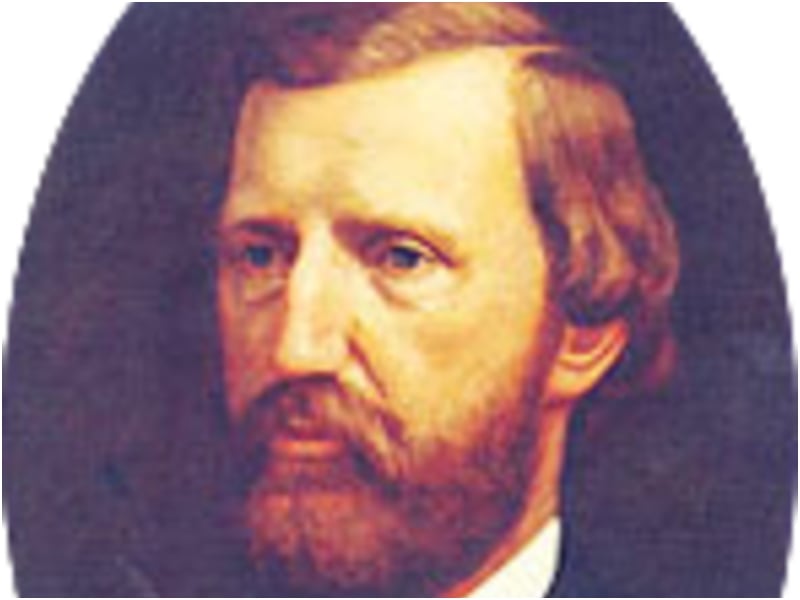
Given that the painting could be regarded as a self-portrait, it was incomplete since it was not completed even in pencil. Regardless, Cincinnati Art museum’s curator for European paintings, sculptures, and drawings, Peter Bell, stated that they were actively trying to research and resolve the mysterious history behind this piece.
He reported that the museum would be collaborating with Cézanne experts around the globe to determine the truth about the painting. This would also include using technical analysis to help further understand what the portrait would have looked like and how it was painted.
The Peculiar Still Life
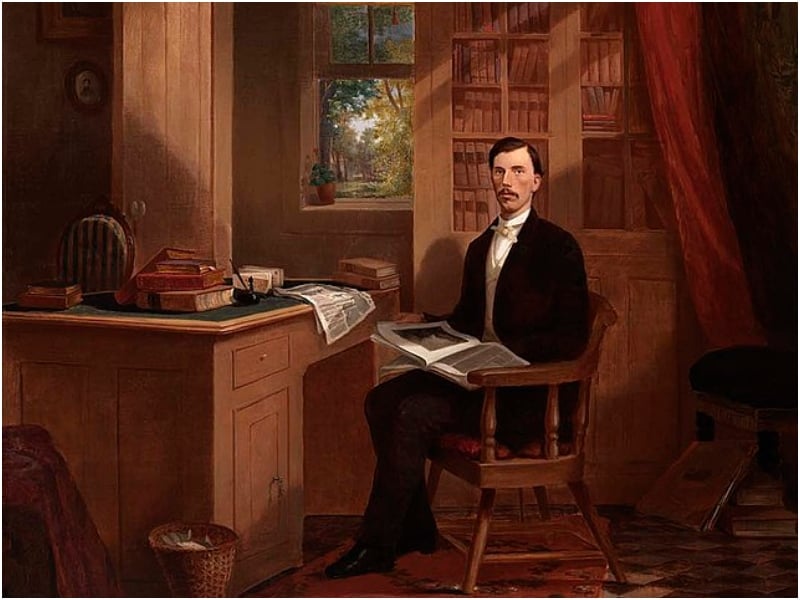
As Peter Bell said, “If the information is stitched together it may add to our knowledge of the formative movement that helped the transition in the early career of this great artist.” It’s important to point out that Cézanne used vivid colors and constructive techniques to present his art.
Nonetheless, when paired with his analytical brushstrokes and vivid palette, his unique and rare perspective approach led Picasso to call himself the ‘father of us all.’ Moreover, the still-life in question had a different end to it; it was dark and moody compared to all his other illustrations, making it peculiar.
Cézanne’s Transition to Modern Art
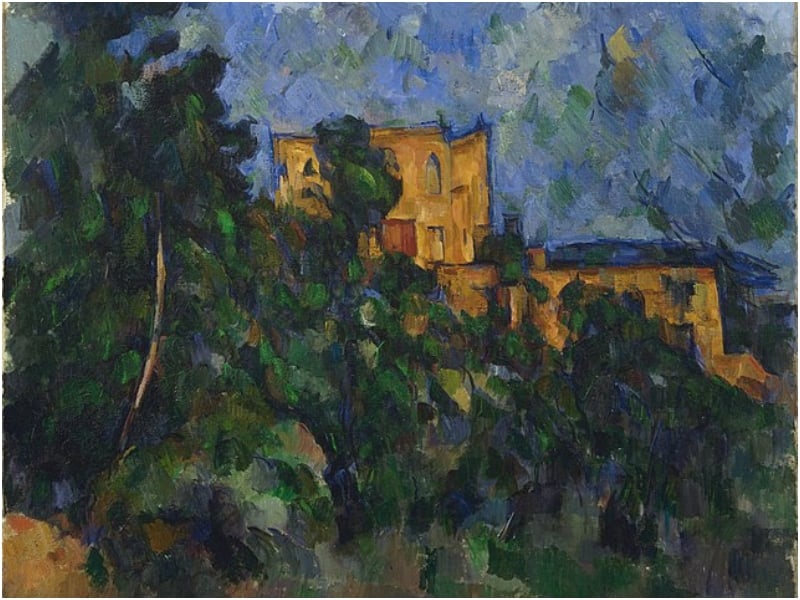
As we know, Cézanne transitioned into a radically different aesthetic from the 18th century to the 19th century. However, during the earliest times in his career, he took on a realist style of painting, evidently seen in his still life with bread and eggs.
Nonetheless, he later adopted impression and formed a more colorful palette; this is regarded as one of the explanations for his contradicting palette, as he redressed his notions and techniques. In fact, he experimented with coarse and textured painting styles using palette knives and heavy brush strokes to paint his canvas.
What Was Different This Time?
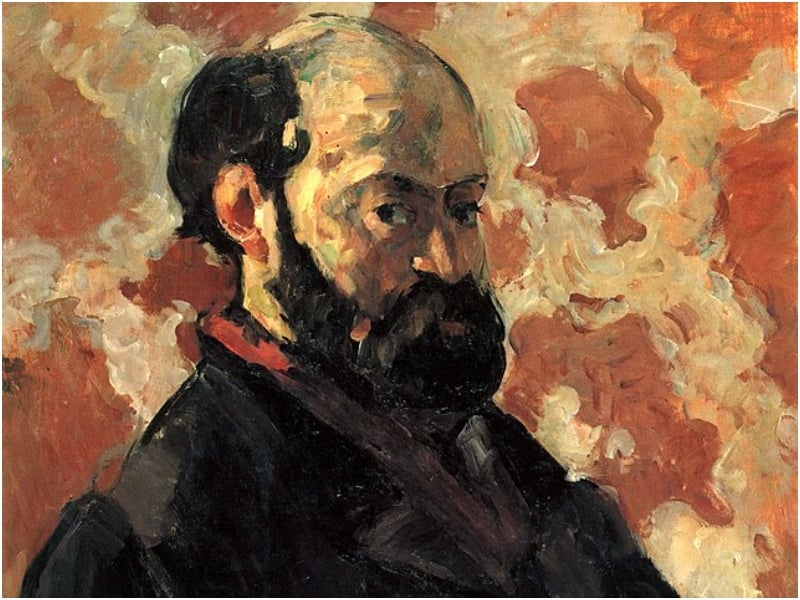
Many questions were raised regarding the paint’s top coat, the brush’s strokes, and the overall color palette. People also asked how complete the portrait was. Yet, the most frequent question asked was why it all happened.
There was a sense of confusing and differentiating ideas that filled the halls of the art museum. Different artists and fanatics traveled back to the age of Cézanne, surfing and rummaging through the artistic world of the artist and his nature.
An Experiment Gone Wrong or Sudden Spark?
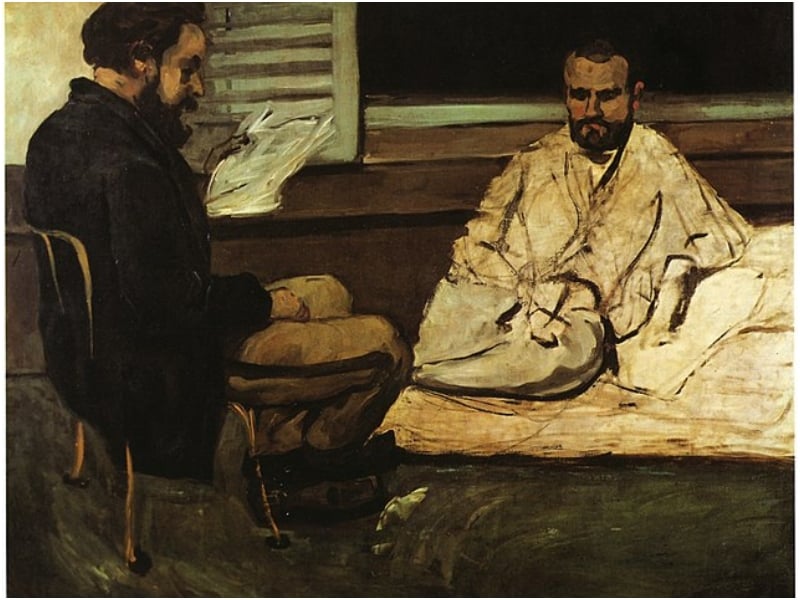
Some experts have speculated that Cézanne was experimenting with something that went wrong, while others suggested that the painter needed to save money, so he reused one of his canvases.
Nonetheless, Urry suggested that there was a spark of inspiration, and he just needed a canvas. She explained, “it’s pretty clear that he didn’t scrape what was already on the canvas and just started painting.” It is hard to say what was going on in the great artist’s mind, but whatever it was, it’s a curiosity that will be quenched in time.
A strange perception, mind-boggling!
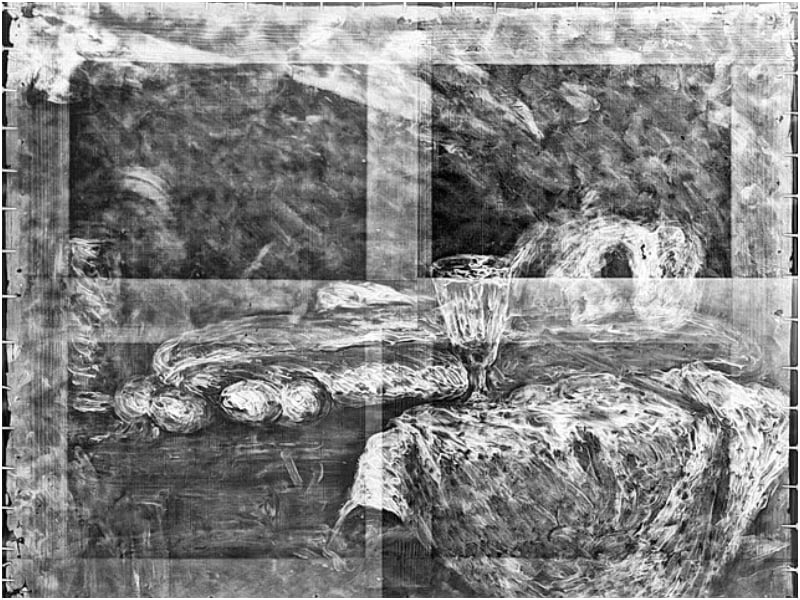
It is imperative to explore the remains of the white cracks on their own. The painting, to a layman, is frustrating. It is hard to comprehend, especially by the naked eye, unless you focus your gaze.
Currently, the portrait does not have any other clear aspects that will be able to distinguish and unfold the whole story and the imagination used for perception.
What Else Is There?
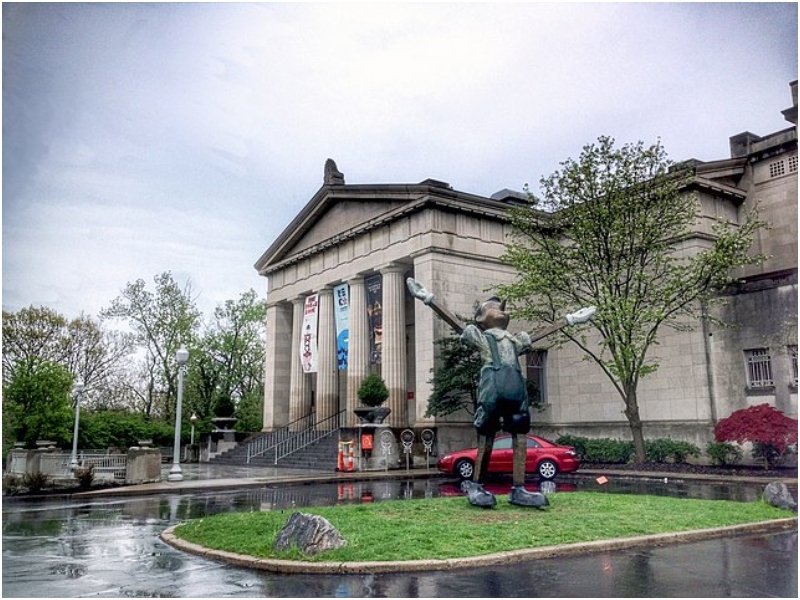
Why? What? And How? These are the most frequent questions surrounding this enigmatic discovery. To answer these questions, the museum team hopes to reach their colleagues in the conversation and curatorial worlds so that they have access to equipment that can help them further analyze the portrait.
When the piece undergoes a series of advanced scanning processes, it will help experts determine what the artist perceived and implemented. It might also answer the questions about the mystery behind the concept and whether or not this portrait meant to be more than a self-portrait.
Tools That Could Give This Portrait More Meaning
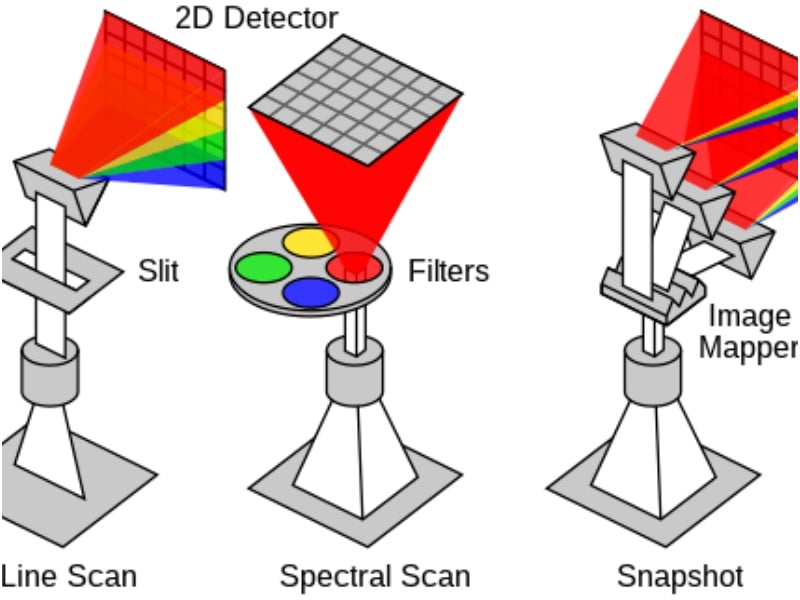
The main tool that Urry and her team can take help from is multispectral imaging. This will help the team analyze all the textures of the paint present throughout the canvas revealing the brush strokes and constructive patterns across the portrait.
Moreover, X-ray fluorescence spectroscopy would be further used to uncover the paint’s elemental demonstration, allowing the experts and the team to narrow down what type of paint pigments were used to create this portrait.
Processes That Could Help the Discovery

The aforementioned scientific processes will take the 2.5-foot oil painting off the display for the time being. It needs to be transported carefully to another institution, ensuring the surface is not tampered with; this would not be easy. It would obviously take time and effort to export the painting.
Nonetheless, the still life has been placed back in the Cincinnati Art Museum to amuse the visitors. The audience is opened to a new realm of art with this two-for-one painting for a while longer.
The Frontal Perspective of a Two for One
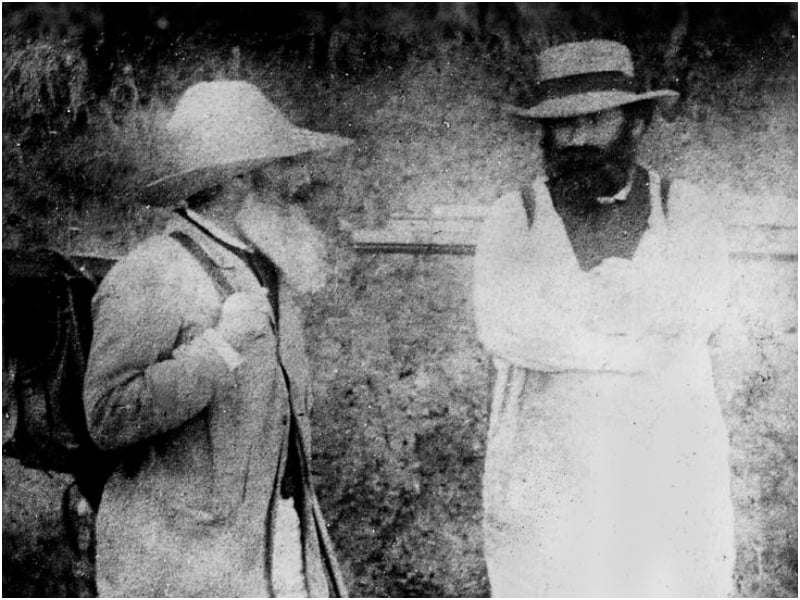
As mentioned by Urry, people assumed that it was a self-portrait since he posed in a backward form.
Oscar Holland from CNN affirmed what Urry stated by entailing that “had it been a portrait of someone else it would have been frontal.” Even though everyone perceives it as a self-portrait, this fact is yet to be confirmed.
The Tested Hypothesis of a Still Life
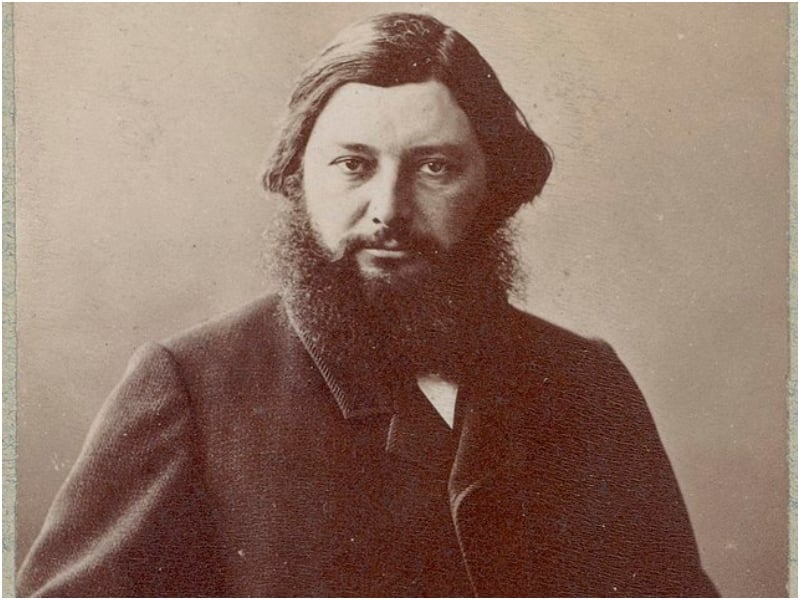
Since the team at the museum proposed that the portrait could be an early work of the artist, probably during his late 20s in 1865. This is also the year the still life of bread and eggs was completed. During this time, the painter was influenced by the Spanish Baroque style and the realism of Gustave Courbet.
Nonetheless, he would later transition from his era of glumness to a brighter palette, thereby making his painting modern.
Bell’s Stance and Amazement
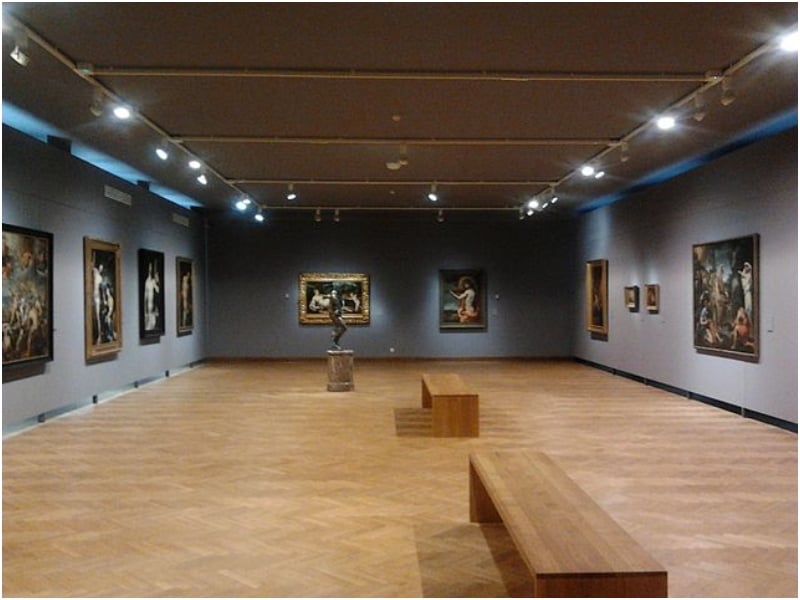
Peter Bell became enchanted with this discovery as a curator of European paintings. He termed it a huge discovery. He went on to appraise Urry for relying on her hunch. Regardless, he added, “We are lucky that this came to the lab and an intuition like that can only come from great experience with painting which Serena excels in.”
The Art Museum is now concentrating on learning more about hidden art and understanding its idea.
What happens now?

During his CNN interview, Peter Jonathan Bell explained that the museum and his team are at the outset of discovering as much as they can about the portrait. They are doing whatever they can to find out how this phenomenon could have come to be.
It would take detailed analysis and exhaustive attention to detail to determine the whole scope of this piece. Even though this analysis will take years, it is imperative to note that it is truly a magnificent find.
The Modern Times and Art
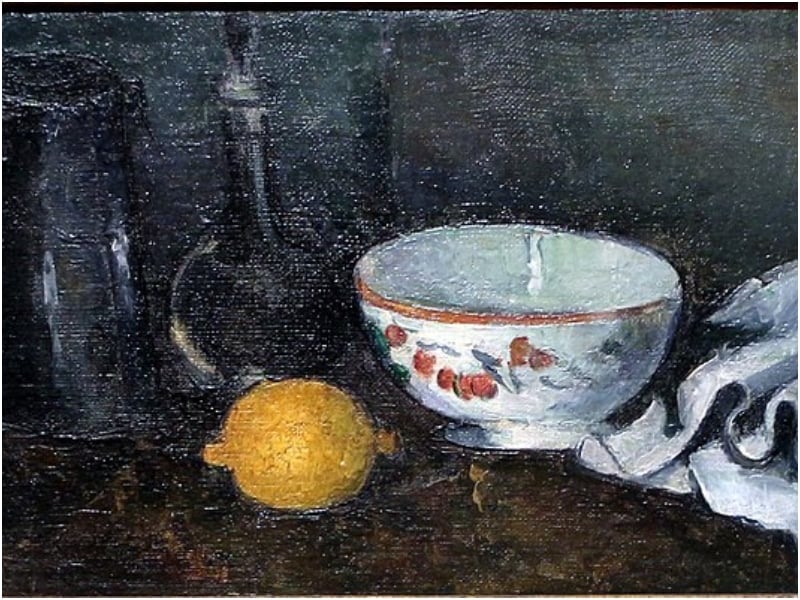
In recent years, such discoveries have become common, whether they are the work of famous artists or a mystery within them. Subsequently, researchers have released that pieces previously labeled unknown were from great pioneers of the art community, such as Helen Saunders, Picasso, and van Gogh.
Modern times have the leverage of using technology to explore different forms of art and take a dive into the great minds of past eras.
How Did It All End?
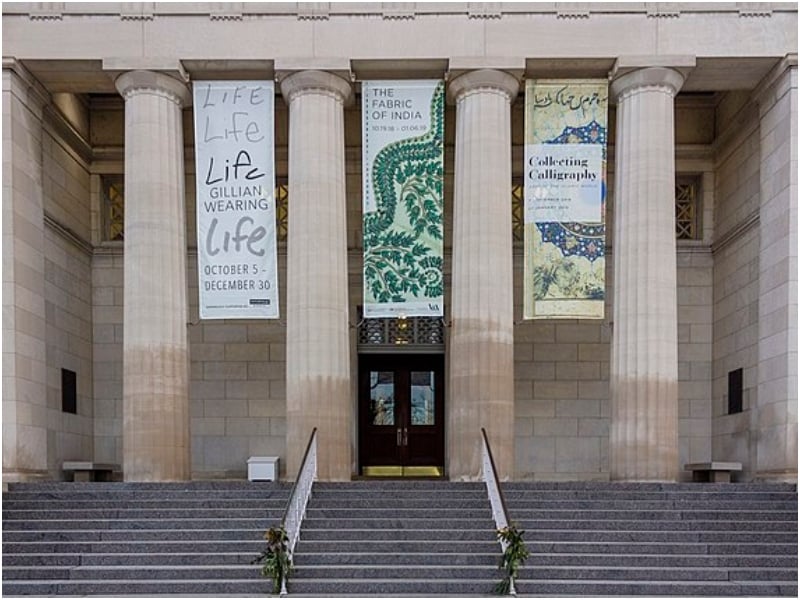
This story is not ending anytime soon. As the museum hopes to analyze the painting with advanced technologies such as imaging and X-ray, the still life will be hosted by the museum for public view.
As mentioned by Urry, “the portrait has been there since he painted it and the painting has been in the museum since 1955 so we are in no rush”. The painting will be carefully examined in the future.
Something to Look Forward Too
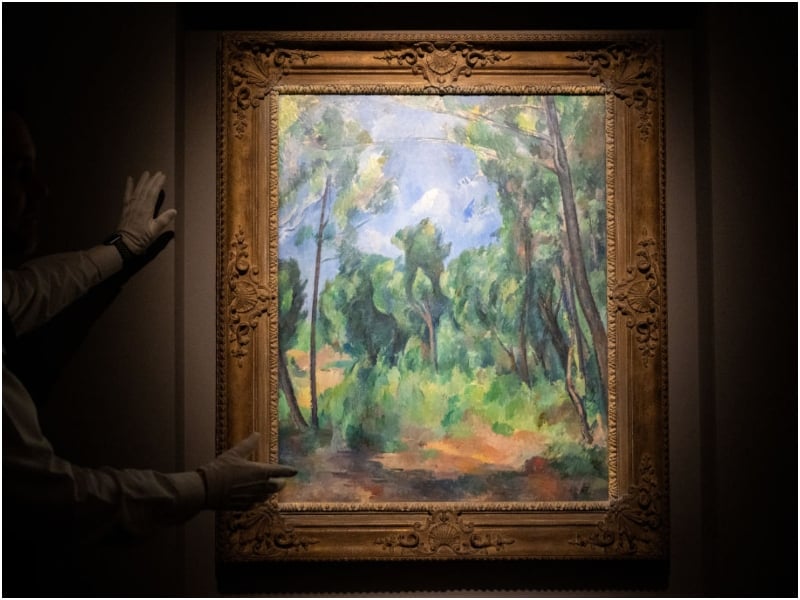
Since it’s not the end, let’s talk about the future. This portrait can be the beginning of something new and exciting for the world of art. It is something that marks the beginning of curiosity as an ordinary painting shadowed something more peculiar.
Until the team discovers the whole piece and experts analyze it completely, we are left with this discovery and our thoughts to wonder what Cézanne felt or thought at that moment.
